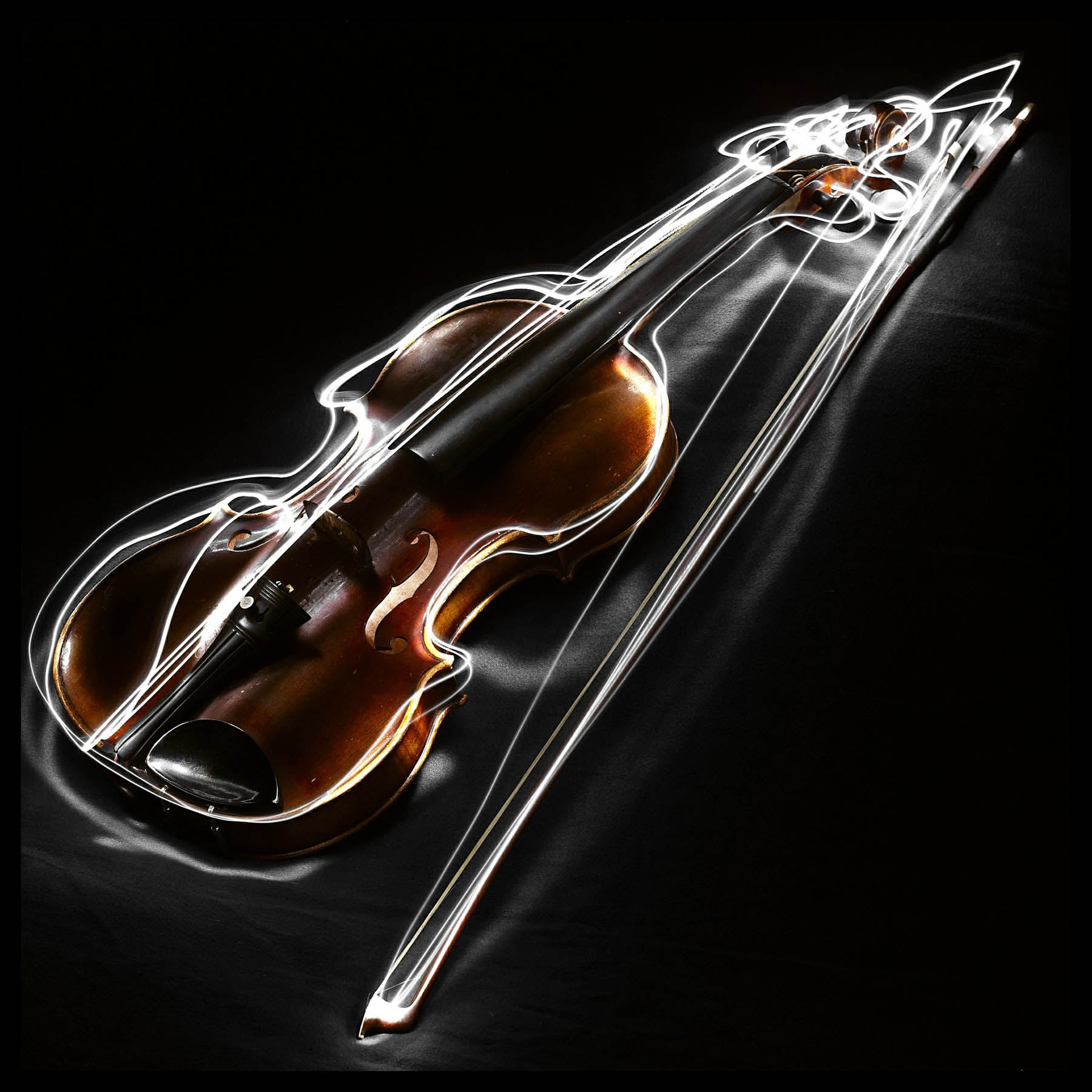Creative execution is a crucial aspect of conceptual photography, as it allows photographers to bring their ideas to life in visually striking and conceptually rich ways. It is one of the characteristics of conceptual photography. Here are some creative execution techniques to enhance your conceptual photography.
Previsualization
Before capturing the image, take time to visualize the final result in your mind. Plan the composition, lighting, props, and any other elements that will contribute to the concept. Having a clear vision in advance helps you execute the photograph more effectively.

Lighting for creative execution
Experiment with different lighting techniques to enhance the mood and atmosphere of your image. Consider using natural light, artificial lighting, or a combination of both to create the desired effect. Play with shadows, highlights, and dramatic contrasts to evoke specific emotions or emphasize certain elements.
Composition in creative execution
Composition plays a crucial role in conveying your concept effectively. Experiment with different angles, perspectives, and framing techniques to create visually dynamic and engaging images. Consider using leading lines, symmetry, or rule of third to guide the viewer’s eye. Think carefully about the meaning of various colors like red, yellow, green, orange, blue and its impact in the composition which draws attention to key elements within the frame.

Props and Set Design
Select props and design the set to support your concept and narrative. The props you choose can be symbolic, metaphorical, or evoke a specific mood. Pay attention to color palettes, textures, and overall aesthetics to create a cohesive visual representation of your idea.
Post-processing
Post-processing allows you to further enhance and refine your conceptual photograph. Experiment with various editing techniques, such as adjusting colors, contrast, saturation, or applying filters, to achieve the desired look and feel. Consider using post-processing to add surreal elements, combine multiple images, or emphasize specific visual elements.
Motion and Action
Incorporate motion or action into your photographs to add dynamism and storytelling elements. Experiment with techniques like long exposures, panning, or capturing movement to convey energy, transformation, or a sense of narrative progression.

Unconventional Perspectives
Step outside the traditional viewpoints and explore unconventional angles or perspectives. Get low to the ground, shoot from above, or experiment with extreme close-ups to provide unique and intriguing viewpoints that challenge the viewer’s perspective.
Use of Negative Space
Utilize negative space strategically to create a sense of minimalism, focus, or isolation. Negative space can help emphasize your subject or convey a specific mood or concept by giving it room to breathe within the frame.
Unexpected Combinations
Combine unrelated elements or concepts in surprising ways to create visual juxtapositions and stimulate viewers’ curiosity and imagination. Play with contrasts, contradictions, or unexpected pairings to provoke thought and create visual intrigue.

Collaboration and Experimentation
Don’t be afraid to collaborate with others or try new techniques. Work with models, stylists, or other artists to bring different perspectives and skills to your conceptual photography. Experiment with different tools, materials, or mediums to push the boundaries of your creative execution.
Remember, the creative execution of your concept is an opportunity to showcase your unique artistic vision and capture viewers’ attention. Experiment with techniques, push your boundaries, and strive to create visually stunning and conceptually powerful images that effectively convey your ideas and emotions.
